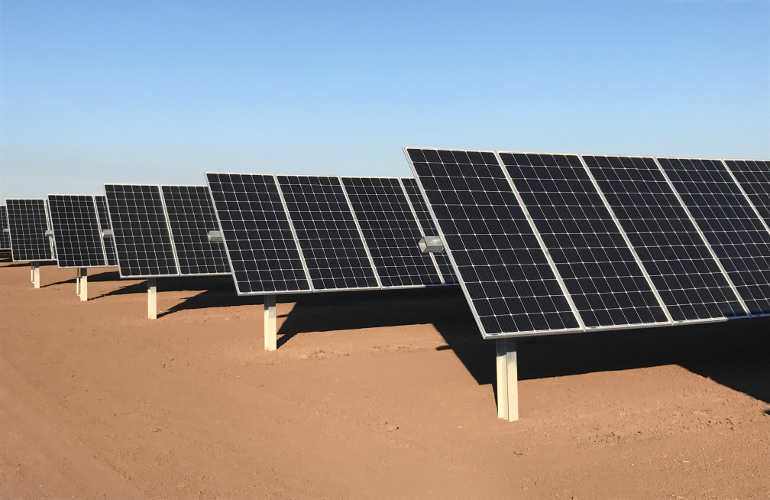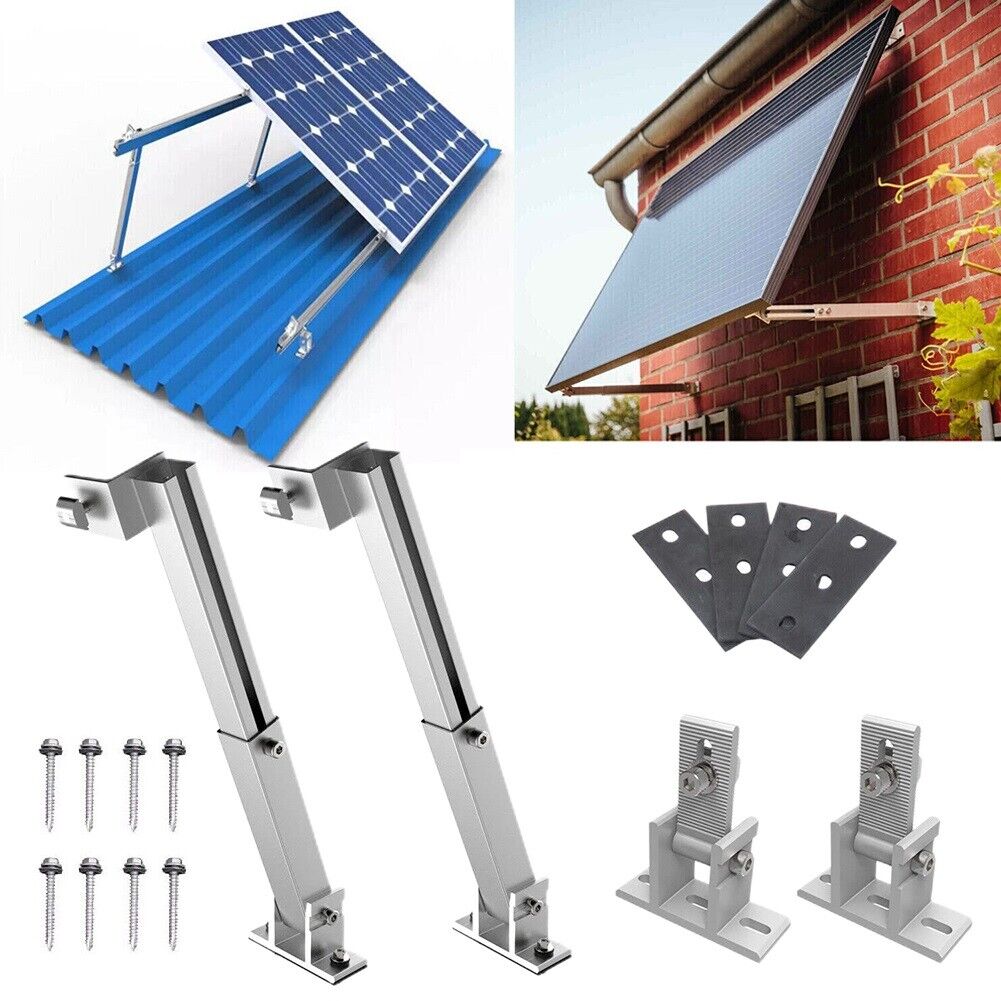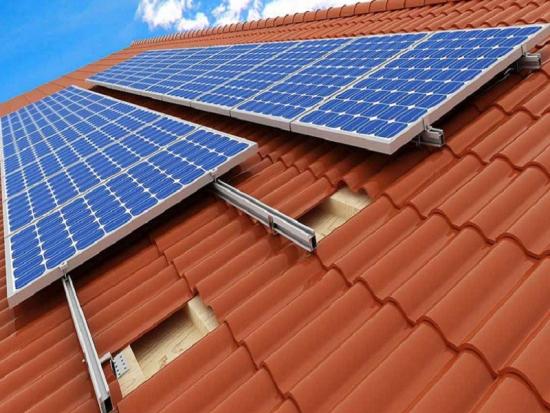Do You Know Different Types of Mounting Systems for PV Panels?
Mounting systems play a crucial role in the installation and performance of photovoltaic (PV) panels, which convert sunlight into electricity. Selecting the right mounting system can maximize energy production, provide optimal panel orientation, and ensure the durability of the installation. In this article, we will explore the various types of mounting systems for PV panels.
Fixed-Tilt Mounting Systems:
Fixed-tilt mounting systems are the simplest and most cost-effective option. These systems position the PV panels at a fixed angle, usually based on the latitude of the installation site. While they offer easy installation and lower maintenance requirements, their energy output is not as efficient as other mounting systems since they are unable to adjust to changing sun angles throughout the day.
Adjustable-Tilt Mounting Systems:
Adjustable-tilt systems allow PV panels to be tilted at different angles, providing flexibility to optimize energy production based on seasonal variations. By adjusting the tilt angle, these systems can maximize solar exposure during different times of the year, thereby increasing overall energy output. This type of mounting system is beneficial for locations with distinct seasons and varying solar angles.
Tracking Mounting Systems:
Tracking mounting systems are considered the most advanced option for optimizing solar energy production. These systems use motors or sensors to track the movement of the sun and adjust the panel’s orientation accordingly. There are two main types of tracking systems: single-axis and dual-axis. Single-axis systems track the sun’s movement on one axis (usually east to west), while dual-axis systems track both the horizontal and vertical movements of the sun. Although tracking systems offer the highest energy production potential, they are more complex, expensive, and require regular maintenance.
Roof Mounting Systems:
Roof mounting systems are designed to install PV panels on various types of roofs, including sloped, flat, or metal roofs. They typically use flashing and specialized mounting brackets to securely attach the panels to the roof structure. These systems are commonly used for residential and commercial installations, taking advantage of available roof space.
Selecting the right mounting system for PV panels is crucial to optimize energy production and ensure the durability of the installation. Fixed-tilt, adjustable-tilt, tracking, and roof mounting systems each offer their advantages and suitability for different environments and energy needs. Factors such as cost, location, energy requirements, and available space should be considered when choosing the appropriate mounting system. With the appropriate mounting system, you can enhance the performance and longevity of your PV panels, resulting in a more efficient and sustainable energy solution.
Ruiqifeng is an professional aluminium extrusion and deep processing manufacturer, engaging in offer the one-stop solution for mounting system. Welcome inquiry at anytime, we are very be happy to talk with you.
Post time: Sep-22-2023









